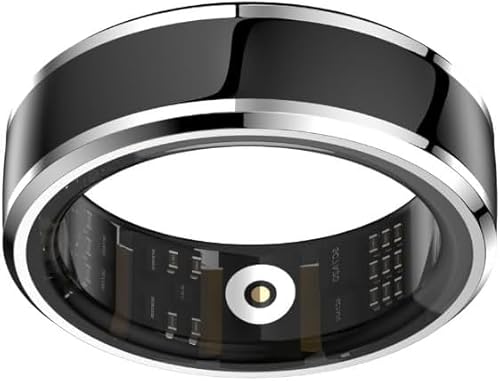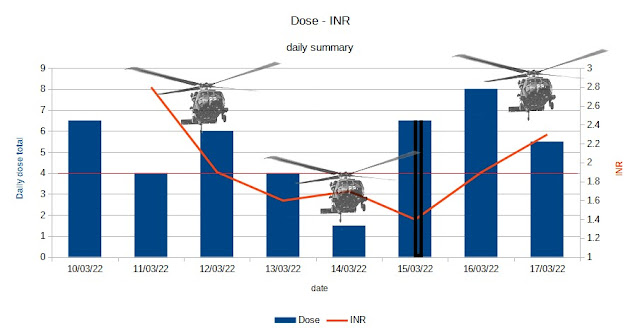Truth be told, I am scheduled for a bilateral inguinal surgery. The internal medicine doctor is having me hold warfarin for 6 days post-op. I do not start bridging with Tinzaparin until after 2 days of stopping anticoagulation with warfarin. Hence 2 days of no anticoagulation other than 81mg aspirin. I realize it takes 5-6 days for my INR to be 1. Just a little nervous going without any anticoagulation therapy for 2 days. Hence I am reassuring myself that having the Onyx aortic valve, in association with their study on maintaining a lower INR of 1.5-2, I will be safely in range until I start injecting with Tinzaparin. I am hoping that the half life of warfarin anti coagulation therapy on day 3 will be in the > 1.5 range when I start bridging. On my last test I was 2.5. Thats why I put out this feeler, trying to discover if any members were participating in this trial.I was implanted with an Onyx aortic valve in March of 2011. I started home anticoagulation monitoring shortly after the surgery. I kept my INR close to 2 with no issues, often I would be 1.6-1.8. I was also taking 81 mg aspirin. Home anticoagulation monitoring was expensive and I botched too may $8.00 test strips, so I reverted to lab testing under a general practitioner. He and my cardiologist wanted me to maintain a range of 2.5 to 3. I target 2.0 to 2.5 to this day. They are happy when INR is close to 2.
After 11 years after I was implanted with the Onyx aortic valve, I'm curious if anyone else has ever maintained an INR of 1.5 to 2.0 or is presently targeting this range?
Thanks
Bruce
dick0236, when you had the stroke did you still the ball and cage aortic valve?
Thanks to all of you who replied.























